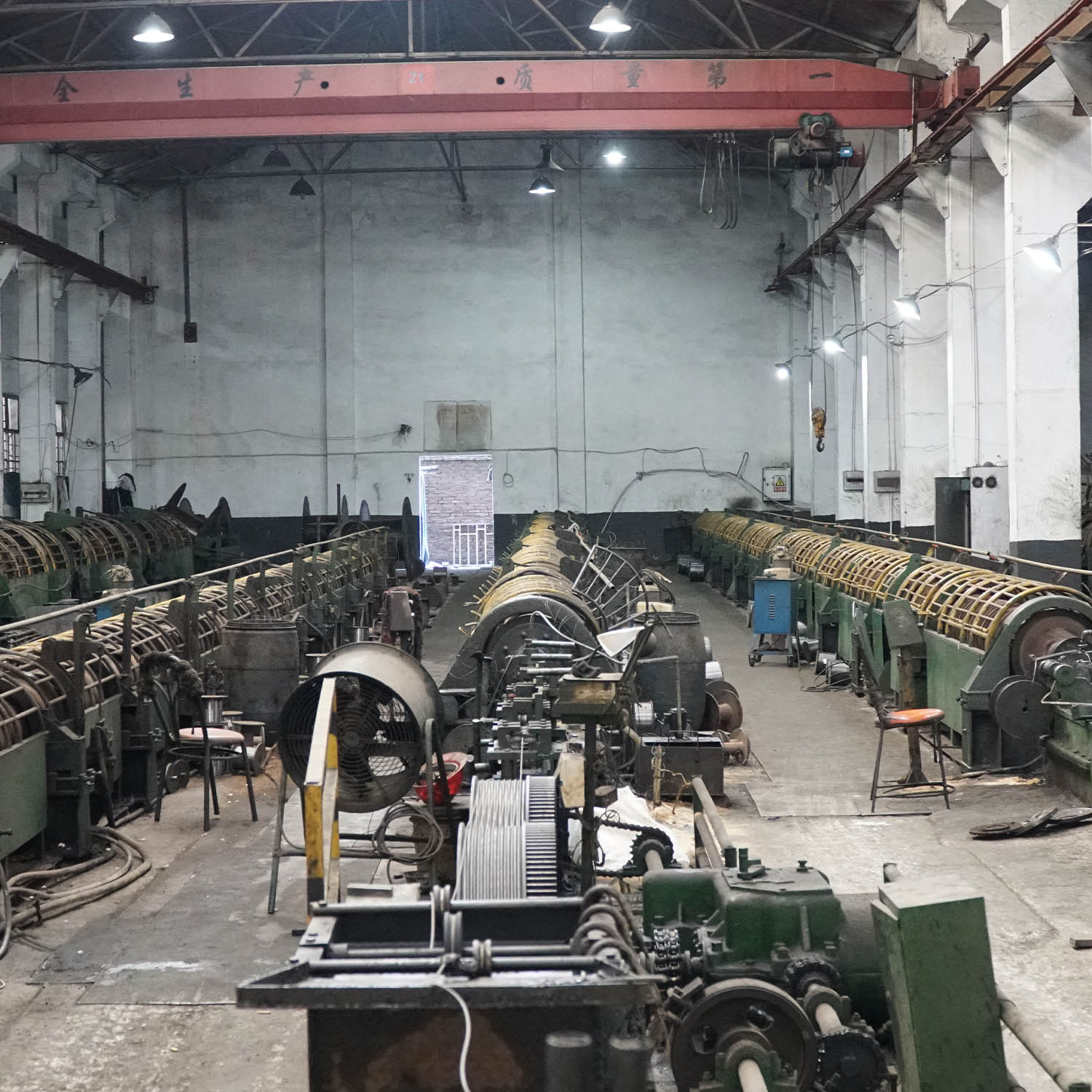Table of Contents
History of the Crane: Who Invented This Essential Construction Equipment?
The crane is an essential piece of equipment in the construction industry, used to lift and move heavy materials with ease. But have you ever wondered who invented this ingenious machine? The history of the crane dates back thousands of years, with evidence of its use in ancient civilizations such as Egypt and Greece.
One of the earliest forms of the crane was the shaduf, a simple device used by the ancient Egyptians to lift water from the Nile River for irrigation purposes. The shaduf consisted of a long wooden beam with a bucket attached to one end and a counterweight on the other. By pulling Down on the counterweight, the operator could lift the bucket of water from the river and then swing it over to the desired location.
The Greeks also made use of cranes in their construction projects, with evidence of their use dating back to the 6th century BC. These early cranes were powered by human or animal labor, with ropes and Pulleys used to lift and lower heavy objects. The Greeks even developed a more advanced version of the crane known as the polyspaston, which featured multiple pulleys to increase lifting capacity.
In the Middle Ages, cranes continued to evolve, with the introduction of treadwheel cranes in Europe. These cranes featured a large wooden wheel with steps around the perimeter, which workers could walk on to raise or lower the load. Treadwheel cranes were commonly used in the construction of cathedrals and other large buildings during this time.

The Industrial Revolution brought about significant advancements in crane technology, with the invention of steam-powered cranes in the 19th century. These cranes were capable of lifting much heavier loads than their predecessors, making them ideal for the growing construction industry. Steam-powered cranes were used to build bridges, skyscrapers, and other large structures around the world.
One of the most influential figures in the history of the crane is Henry Ford, the founder of the Ford Motor Company. Ford revolutionized the construction industry with the introduction of the Assembly Line, which required the use of cranes to move materials and components along the Production Line. Ford’s innovative use of cranes helped to increase efficiency and productivity in manufacturing plants.
Today, cranes come in a variety of shapes and sizes, from small mobile cranes used for residential construction to massive Tower Cranes used for skyscraper projects. Modern cranes are powered by electricity, diesel, or hydraulic systems, and feature advanced Safety features to protect workers and prevent accidents.
In conclusion, the crane has a long and storied history, with roots dating back to ancient civilizations. From the simple shaduf of the Egyptians to the steam-powered cranes of the Industrial Revolution, the crane has evolved over the centuries to become an indispensable tool in the construction industry. While the exact inventor of the crane may never be known, its impact on the world of construction is undeniable.
